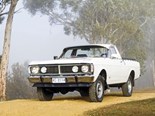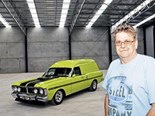Ford XW/XY Fairmont: Buyers' Guide
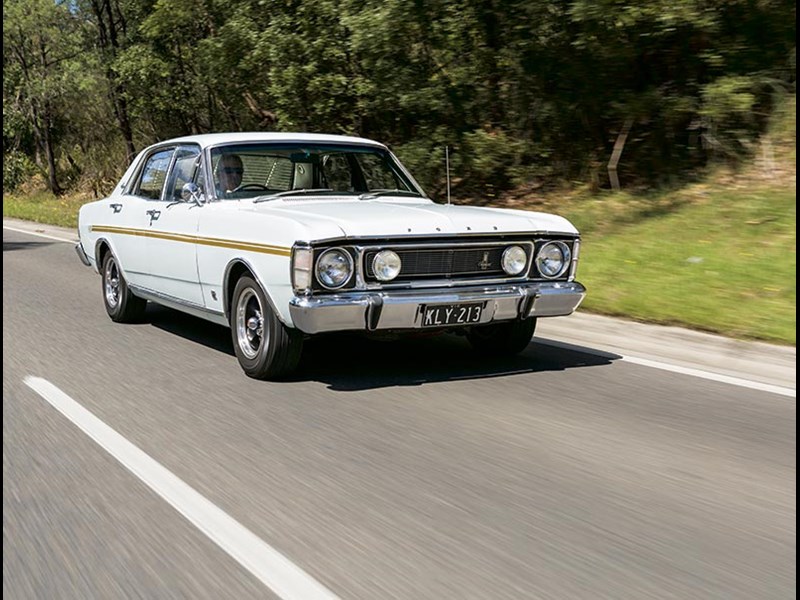

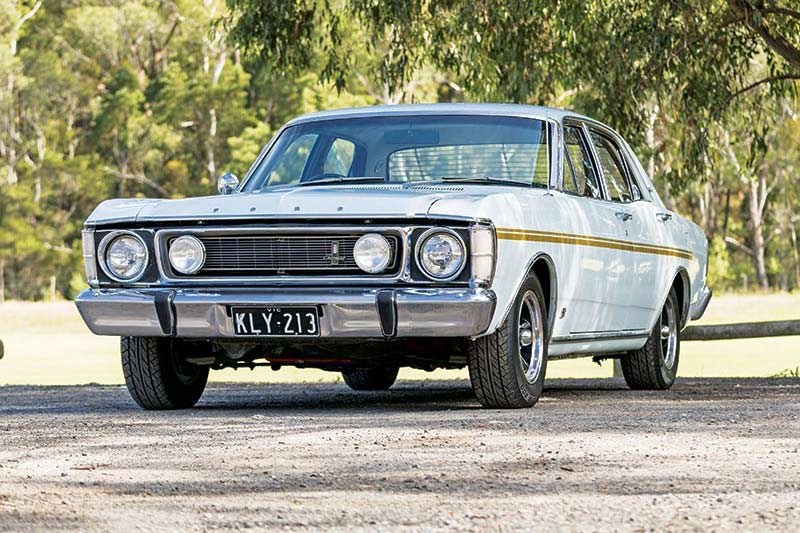

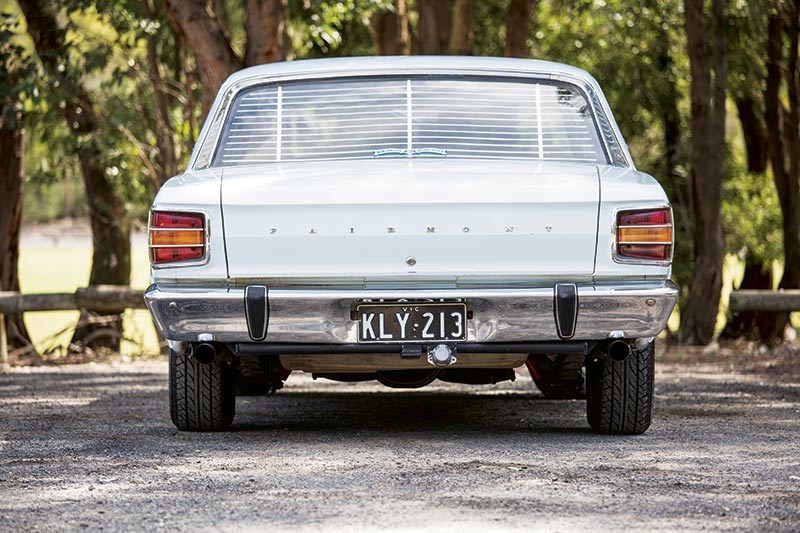

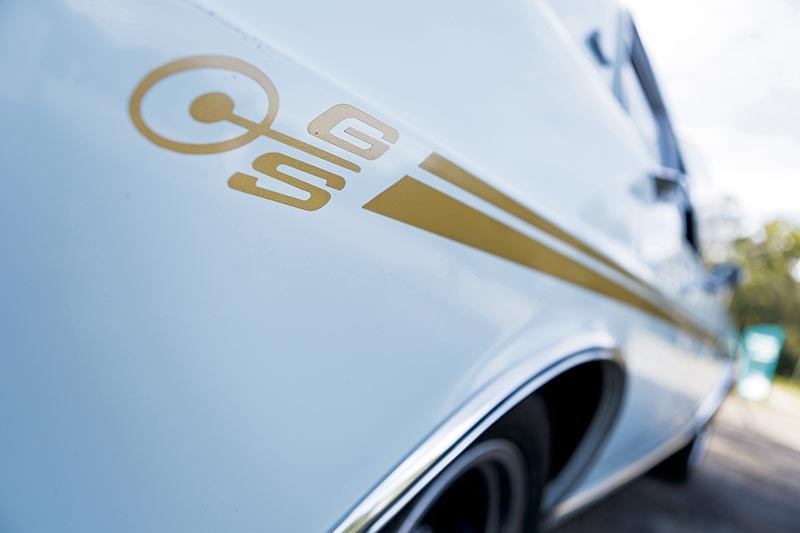

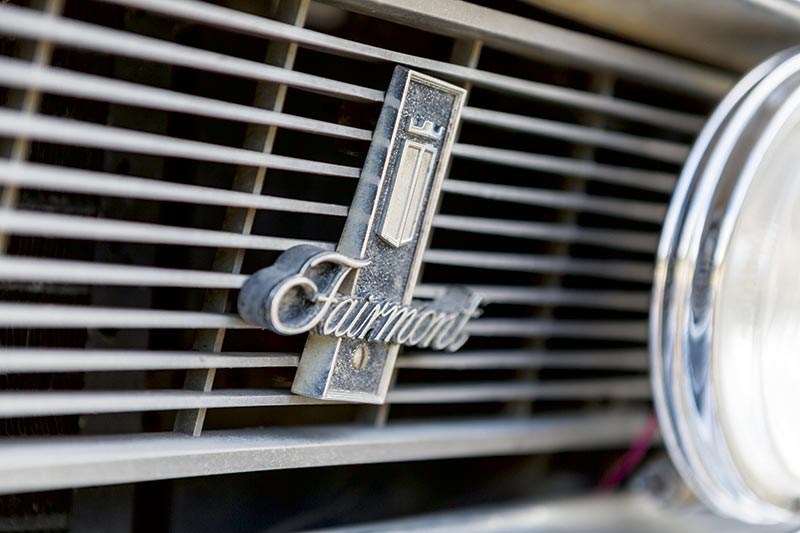

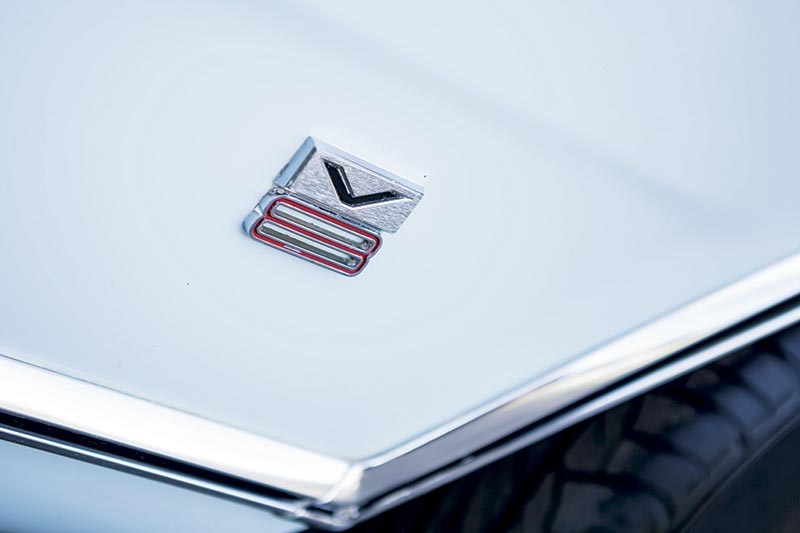

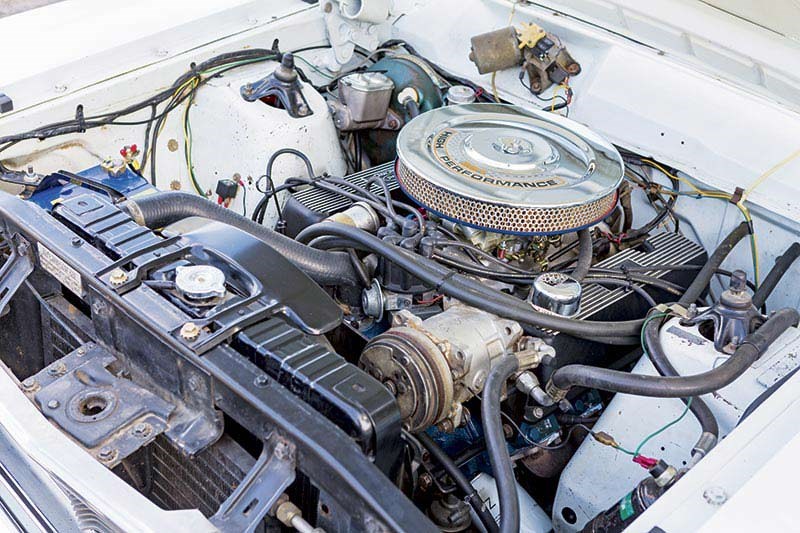

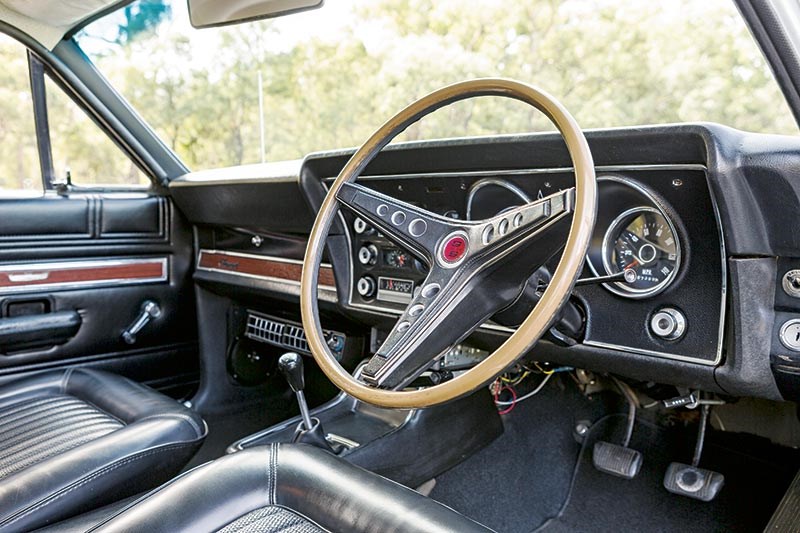


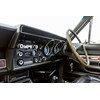
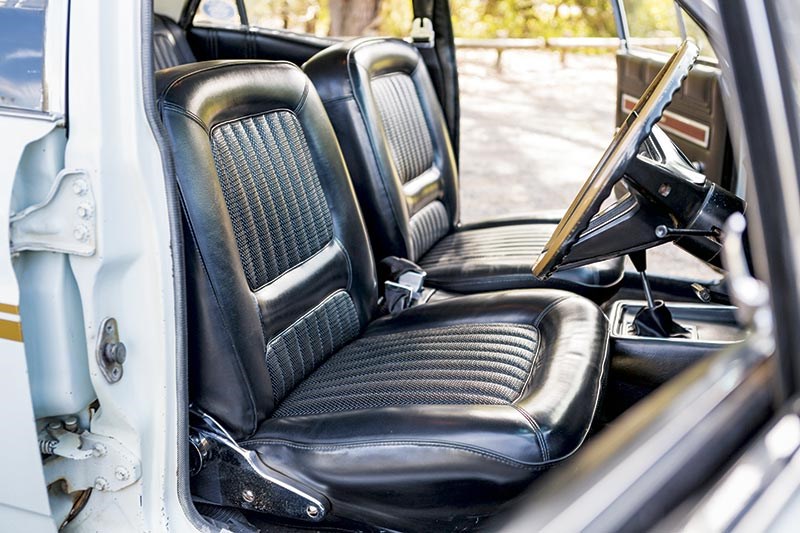


|

|

|

|

|

|

|

|

|

|
Prices may have climbed over the years but you can still own a good XW-XY Fairmont for reasonable money. Here's what to look for
Ford XW/XY Falcon Fairmont
Europe during the 1950s built the world’s first GTs and it was those Lancias and Maseratis that defined the concept of ‘Gran Turismo’ as a two-door, enclosed car with 2+2 accommodation and enticing performance.
A decade later in Australia, almost any kind of car could be turned into a GT by adding some stripes, different wheels and maybe a handful of extra horses. It might only be marginally faster than a standard version but the GT – from Hillman Hunter to Ford Falcon – was still seen by officialdom as a far greater risk of being crashed or stolen and therefore far more expensive to insure than the standard models.
People who didn’t need the cachet of GT badging quickly discovered that they could obtain pretty much the same performance plus civilised packaging by choosing a standard Ford and going gangbusters on the options sheet. Under the guise of a smart XW or XY Fairmont, you could have a car with GT-like features and performance while avoiding the insurance slug and social stigma.
XW Fairmont V8s were officially available with 4.9 litres and 164kW but more than a few circumvented Ford’s official ordering system and found their way into the market as special orders with the 351ci (5.8-litre) engine and three-speed autos.
When buyers specified any V8, Ford Australia very sensibly insisted that disc front brakes were a mandatory inclusion. Seats could be bench or bucket; the latter separated by a stylish centre console that housed the T-bar shifter or stubby manual gear-lever.
Helping move the car even closer in concept to a GT, the GS Pack (Gran Sport) cost $145 and included a tachometer framed by a stylish but irritating steering wheel that honked the horn when gripped too firmly, hence the rim-blow nickname. Outside were stripes (of course), grille-mounted driving lights and chromed wheel trims that dated to the XR GT.
Once the 351ci motor became available across Ford’s entire XY range, a Fairmont could have its 4.1-litre six replaced for $209 by a 186kW 2V V8. GTs had a 221kW 4V version. That hopefully left money available for a set of dual exhausts, limited-slip diff and red-wall ER70 rubber.
Those on money-no-object budgets could go even further and add frills like remote-control mirrors, air-conditioning and a $163 wind-back sunroof.
In addition to their proliferation of options and extras, these Fairmonts offered an extensive and striking colour range. A few years earlier, Holden featured just two shades of metallic paint finish in its EJ Premier range but by 1970 Ford had about 10 available. By the time the XY series arrived, paint choice became even more extensive, with shades including Raw Orange, Wild Violet and Yellow Ochre.
No matter how bright they might have been on the outside, these cars with their coil front suspension and leaf rear springs were conventional in the extreme. However they were still preferred on rough rural roads to the all-coil HQ Holden that arrived mid-way through the XY’s tenure. Power steering reduced turns of the Ford wheel from 5.4 to a more manageable 3.5.
Fairmonts with the split-bench front seat and column-mounted gear selector would carry six people in reasonable comfort. The boot was long but fairly shallow, however for truly cavernous load space there was always the station wagon, panel van and ute.
ON THE ROAD
If you ever wondered just how brave the likes of racing drivers Allan Moffat and Bruce McPhee were when hammering down Bathurst's Conrod Straight at 240km/h and expecting to stop at the end, try driving one of these at pace down a winding road. If your Fairmont is an auto and you didn’t select the lowest feasible gear when setting off you are likely well before reaching the bottom to have a rock-like pedal, wafting smoke and a nasty smell. Modern pads and replacement rotors help but rear drums are still vulnerable to overheating.
More in keeping with modern expectations is the performance. Both V8s deliver good acceleration, with the 302 cuber (4.9-litre) cracking 11 seconds for the 0-100km/h sprint. Not many magazines managed to lay hands on a 351ci Fairmont manual but Wheels did and clocked 0-100km/h in 8.6 seconds with a top speed of 200km/h.
As with most cars from the era, the vinyl-clad seats in these classic Fords are better for comfy cruising than weekend motorsport. They came standard with lap-sash front belts (without inertia reels) and nothing at all in the back. Retro-fitting of rear belts isn’t (yet) required by law but it's more than likely a sensible previous owner will have already fitted rear belts to the factory-installed seat belt anchor points under the upholstery.
Even at cruising pace on a road with some moderate twists, shoulders start to ache, as do hips when bracing through bends. Cars without power steering will give you a good upper body work-out while forearms benefit from death-gripping the slippery plastic steering wheel. Never shake hands with anyone who raced these cars for a living because those blokes can crush roller bearings without blinking.
Despite being the better part of a half century old, XW-XYs can serve as regular transport as well as cruising. If intending to use a Fairmont for more than weekend wandering then cars with air-conditioners and power steering are preferable. Just make sure the old under-dash units with their clunky controls do actually deliver cold air and that the car’s cooling system has been recently flushed and pressure tested.
BUYING
Viewed objectively against a brand-new G6E Turbo selling at similar money, a top-notch Fairmont 351 with plastic seats and basic fittings would hardly represent value. However logic turns to dust whenever the rumble of a twin-pipe V8 assaults the senses. Especially if it’s painted Wild Violet or similar.
Bright colours are a bonus when buying these cars, as are original-equipment accessories such as the GS Pack, power windows and wind-back sunroof. Standard steel wheels were often replaced from new with alloys by ROH or Aunger.
Many Fairmonts have been cobbled into replica GTs. Some are high quality and do truly look the part; only an ID check will reveal their origins. A lot, though, are tattily modified and with interest in unmolested, unrestored, original-paint classic cars rising, these are now worth less than the more mundane models on which they are based.
GS Pack Fairmont wagons were very scarce when new and rarely appear in the used market. If you happen to find one in authentic condition you have a very rare vehicle, even though it may not be any more valuable than a similar-spec sedan.
Among the least-expensive eight-cylinder Fairmonts is the three-speed automatic 302. XWs are slightly cheaper than XYs but harder to find and $12-15,000 should buy a car needing some paint and trim work.
Automatic XYs with original-equipment 351 engines jump to more than $25,000 and in excellent order can manage $40,000. Average-quality GT replicas sit within this price bracket as well, although many are priced far more ambitiously.
Topping the tree are the factory-correct 351 V8 cars with four-speed transmission. These are rare and need to be verified with degrees of diligence otherwise reserved for a GTHO.
If you do find a car that is correct and in outstanding condition – or an exceptional replica – be prepared to pay good money. Originality is prized and generates big money but good-quality restorations are okay too and should still appreciate given time.
BODY & CHASSIS
Tired paint and returning rust are significant issues with older XW-XY restorations. Fake Fairmonts aren’t common but to be sure look for ‘JG34’ as the build number prefix. Places to check for emerging rust are wheel arches, lower door skins, floor-pans, front mudguards, between the rear window and boot-lid and under vinyl roofs on sedans. Also boot gutters and station wagon tailgates. Beware cars with bent chassis rails or structural rust in the firewall or spring hangers. Repro panels and brightwork are being made but join a Falcon club and find out which suppliers to consider and those to avoid.
ENGINE & TRANSMISSION
The most important things under the bonnet to check are the Build Plate and engine number. ‘Y’ denotes a 302 V8 and ‘K’ the 351 2V. Bearing rumble accompanied by smoke at start-up, a ticking sound signifying worn cam lobes and oil leaks indicate an engine that needs work. If it is the original motor, save to have it properly stripped, cleaned and rebuilt using quality parts. and your outlay will be generously repaid when resale time comes. Auto boxes can travel huge distances before rebuilds are required however the Top Loader four-speed can get notchy with age. The diff should survive atomic attack.
SUSPENSION & BRAKES
Rear spring leaves crush and crack but new springs and shocks are easily acquired. Fords of this age don’t have especially accurate or sensitive steering but be cautious where the wheel-rim displays more than 50mm of free play. Likewise a brake pedal that feels mushy before the brakes have even been used, or a hard pedal once components have some heat in them. Make sure the hand-brake isn’t seized. None of this is impossible to fix but the money needed for a full brake job or for a reconditioned steering box will influence the amount you should pay for a car.
INTERIOR & ELECTRICS
Long-term XY Fairmont owner Bruce Purvis is happy his car isn’t equipped with modern seat trim. "After more than 40 years it’s got a minor section of split stitching that you can’t even see," he revealed. If the Fairmont you choose hasn’t fared as well, ready-to-fit seat trim kits cost less than $1600-2000, with new vinyl hood-lining around $250. Manual window winders that bind or have broken handles can be cheaply repaired but be cautious of non-functioning electrics. Test the floor-mounted dip-switch to make sure you have high-beam lights.
SPECIFICATIONS
1969-72 Ford XW-XY Fairmont V8
NUMBER MADE 105,785 (all XW), 118,666 (all XY)
ENGINE 4950cc or 5750cc V8 with OHV and single downdraft carburettor
POWER & TORQUE 186kW @ 4600rpm, 480Nm @ 2600rpm
PERFORMANCE 0-100km/h 8.6 seconds, 0-400 metres 16.4 seconds (351 manual)
TRANSMISSION three or four-speed manual or three-speed automatic
BRAKES disc front/drum rear with power assistance
TYRES 7.35x14 cross-ply, ER70H14 radial
PRICE RANGE $10,000 - 60,000
CONTACT www.falconfairlaneclub.org.au
Unique Cars magazine Value Guides
Sell your car for free right here
Get your monthly fix of news, reviews and stories on the greatest cars and minds in the automotive world.
Subscribe

.jpg)














